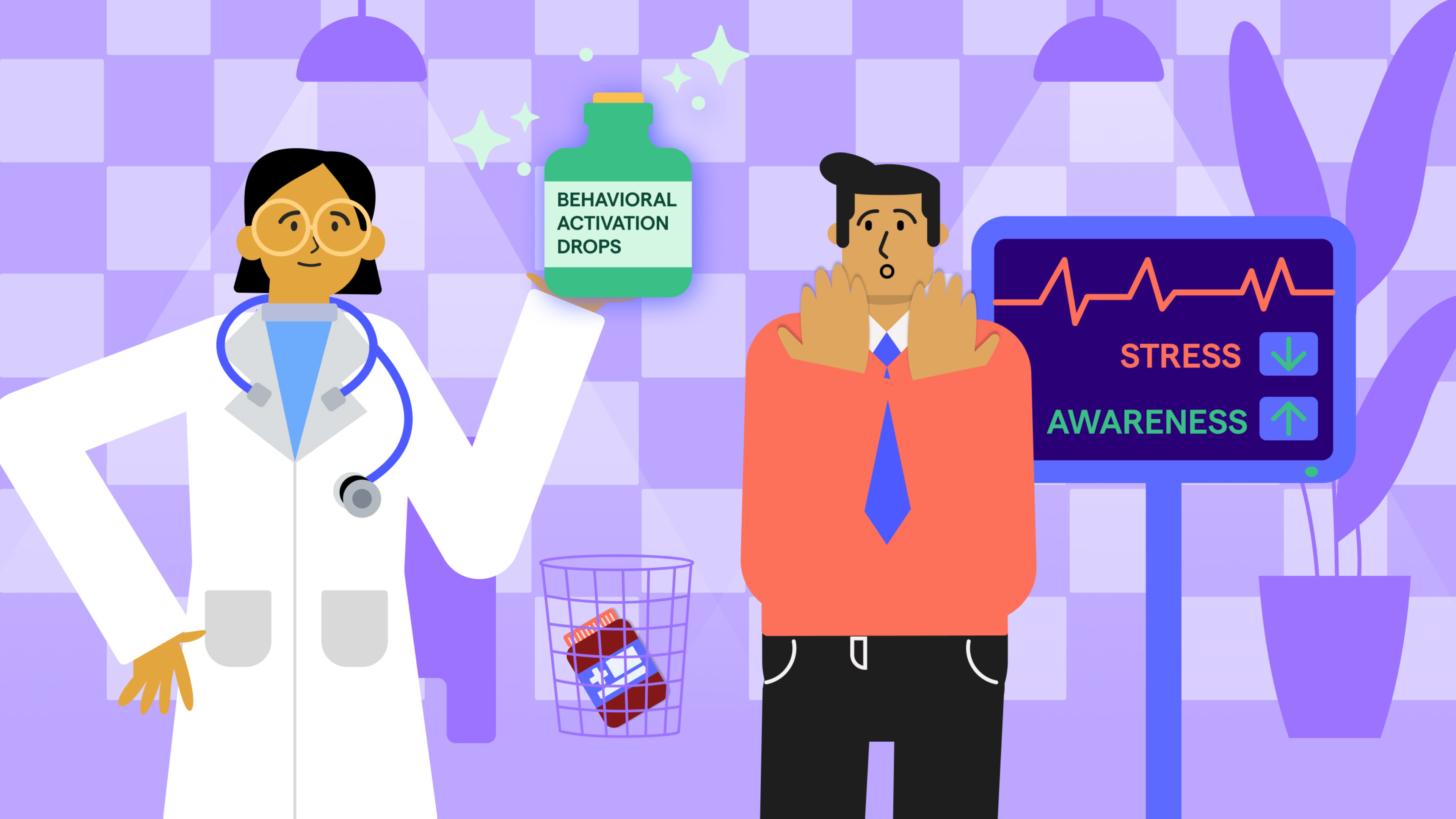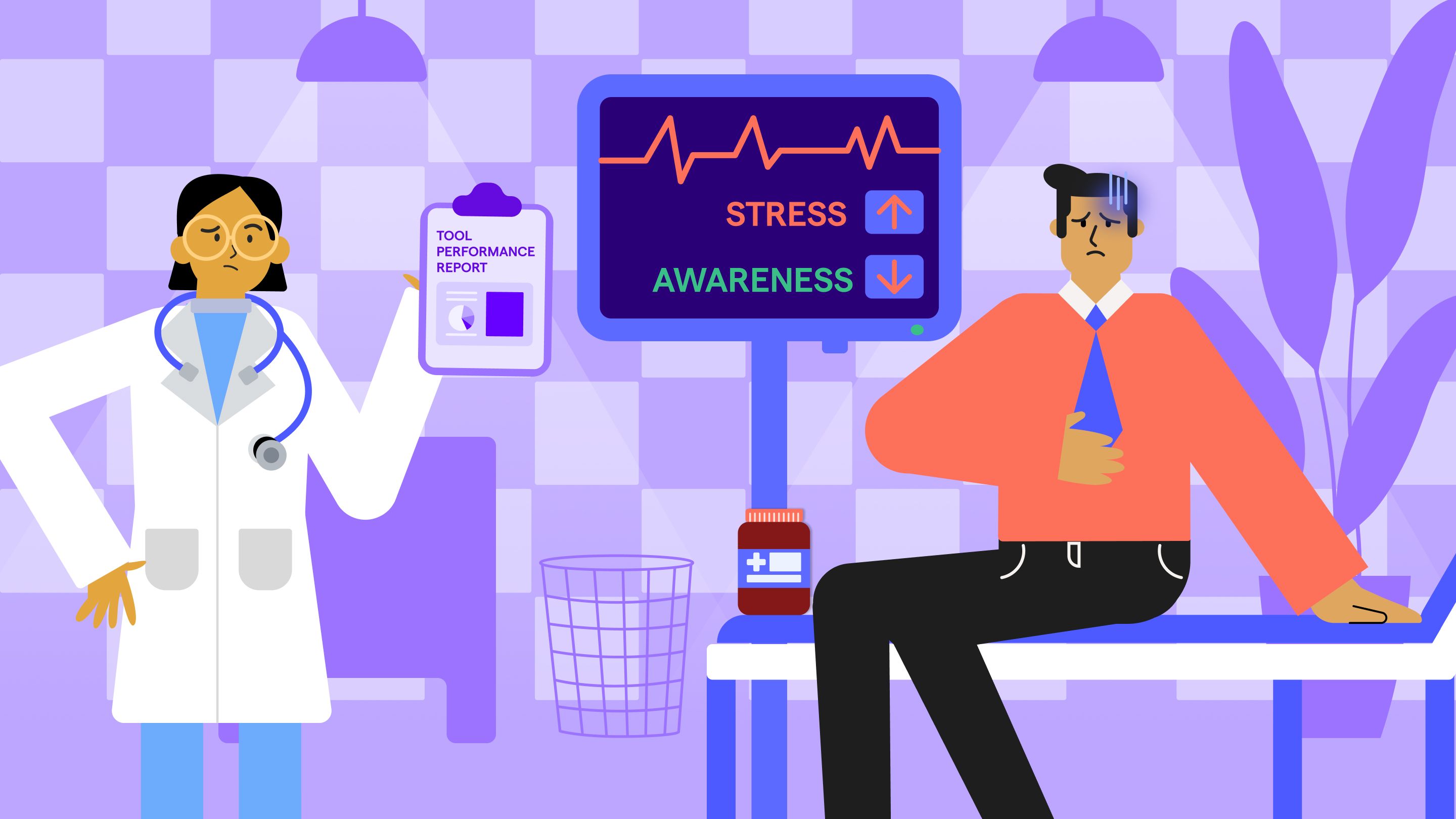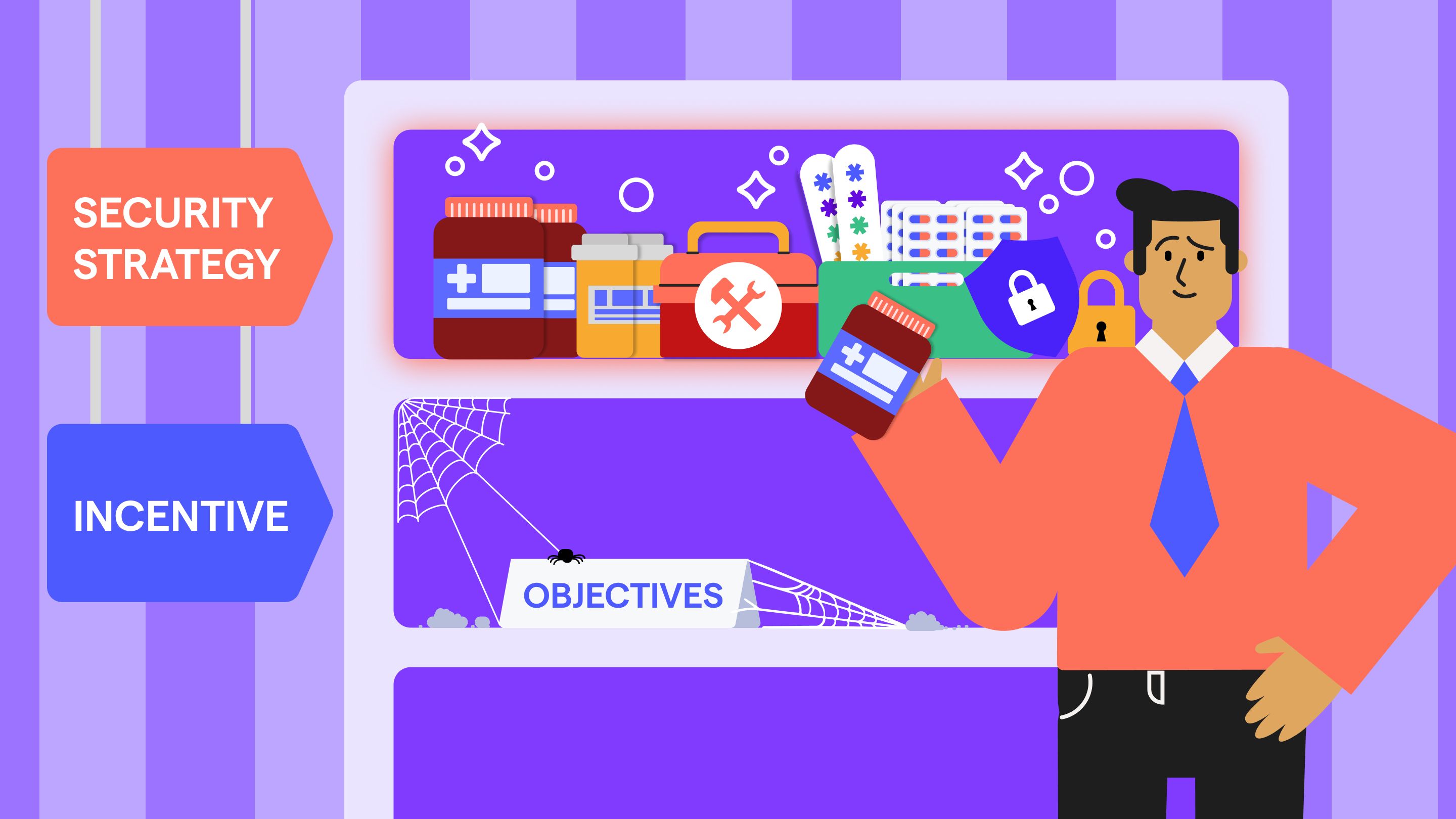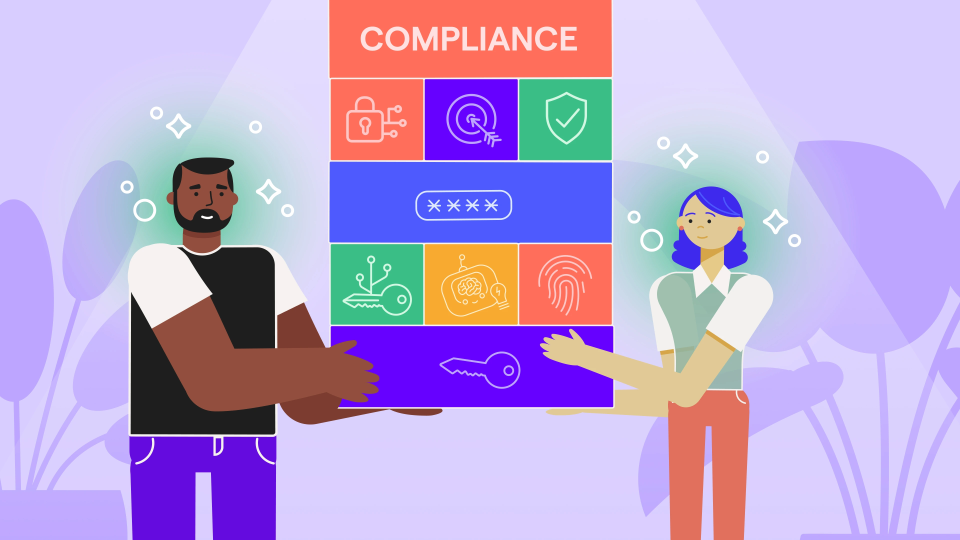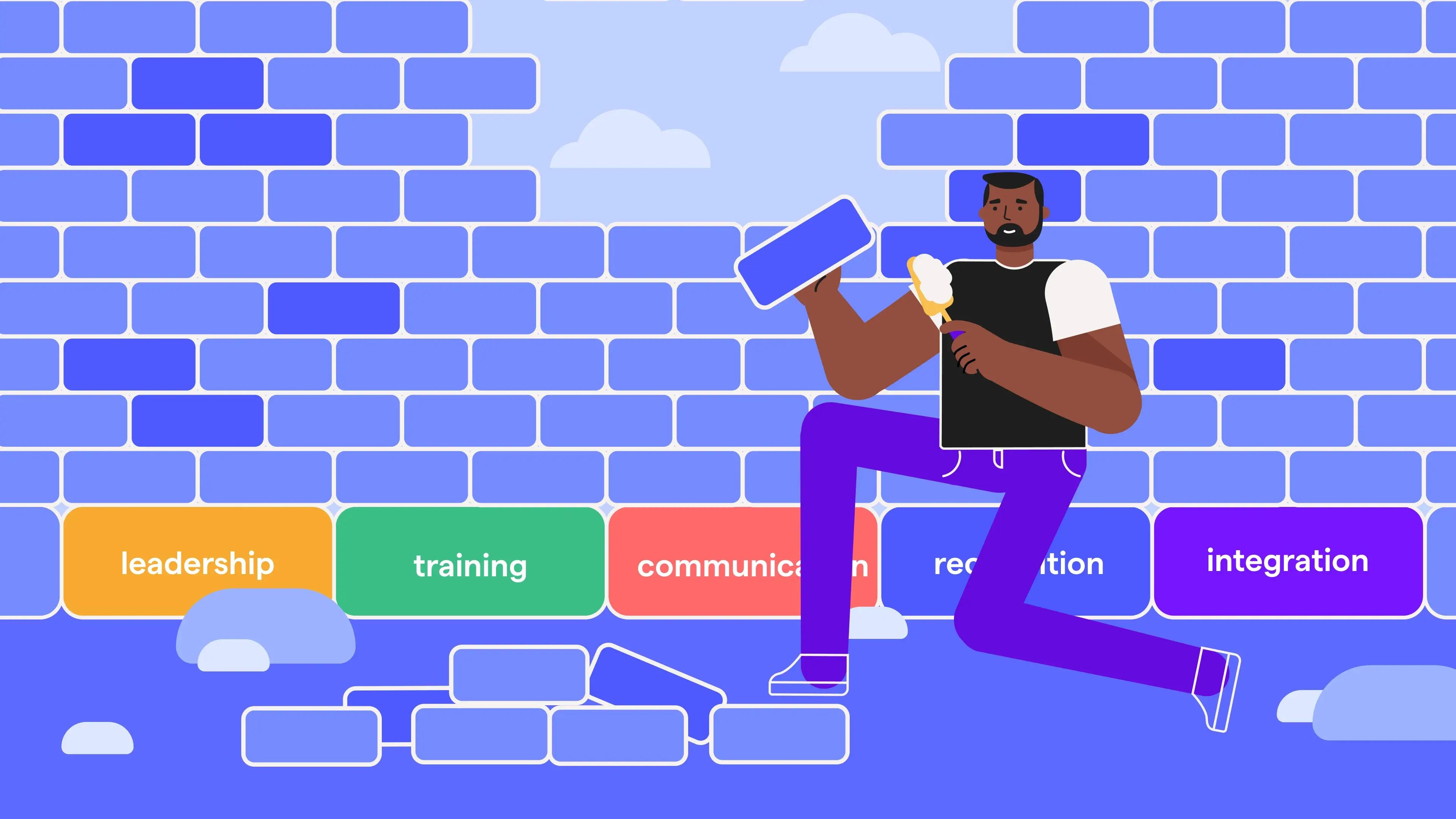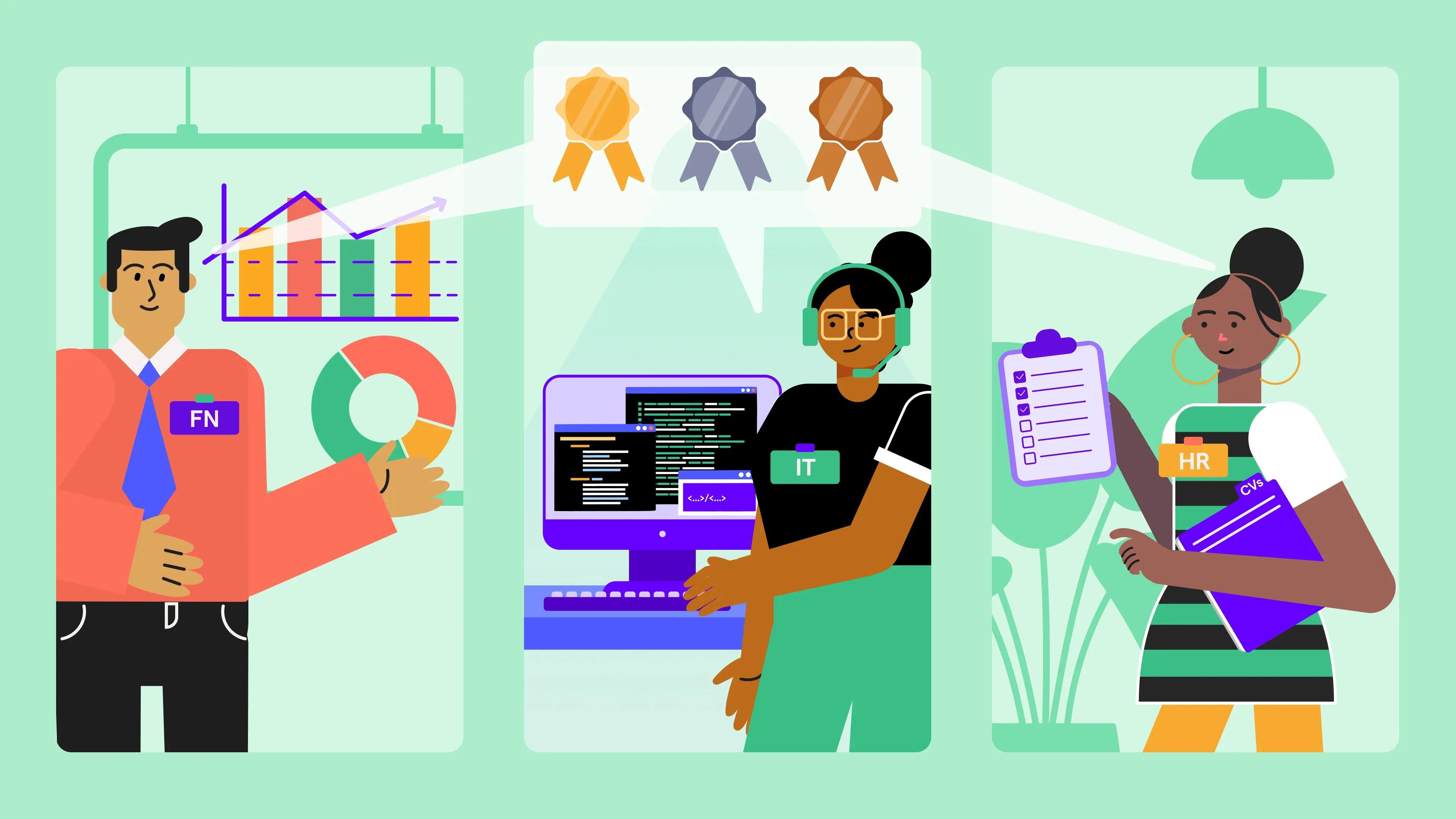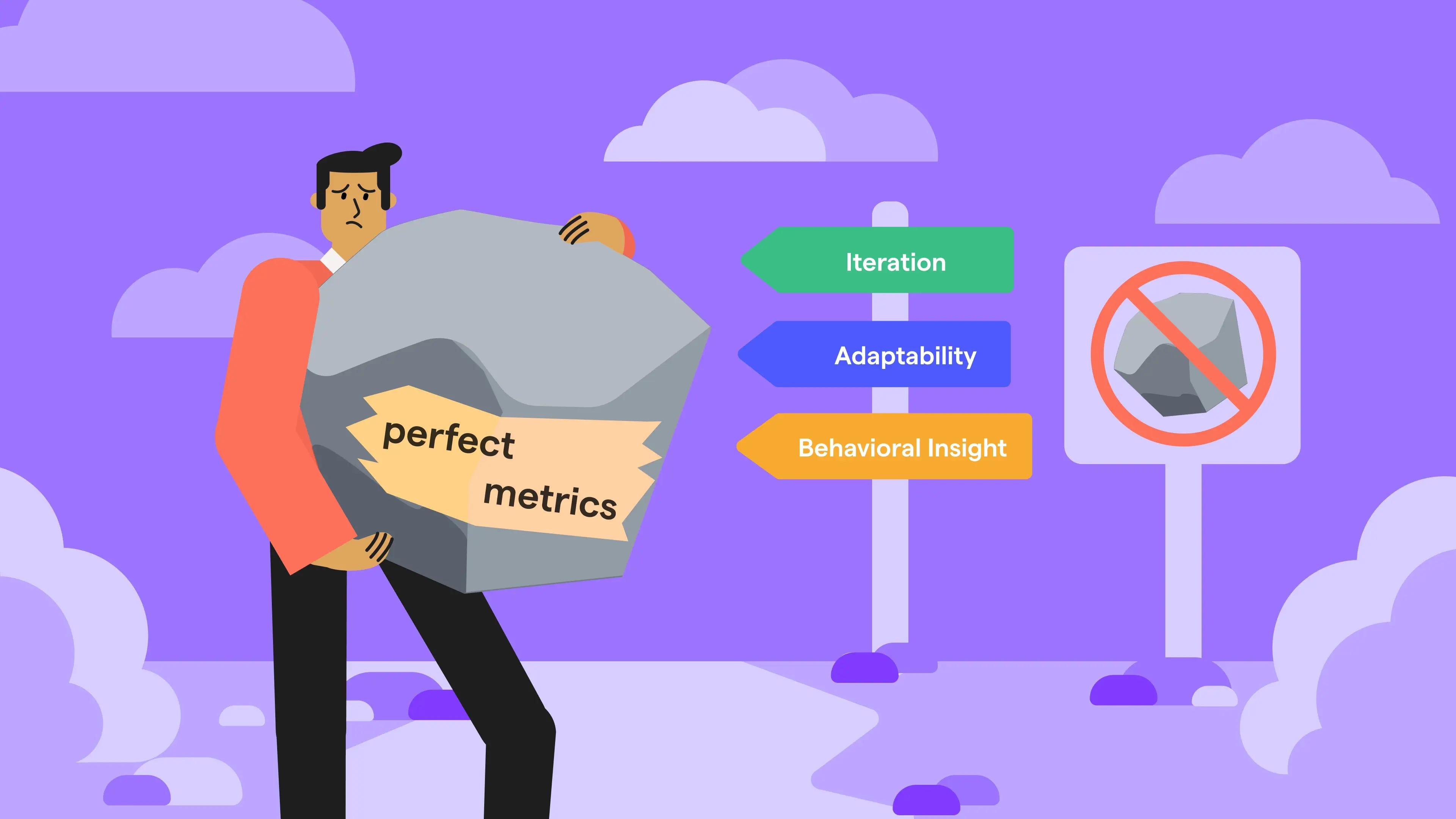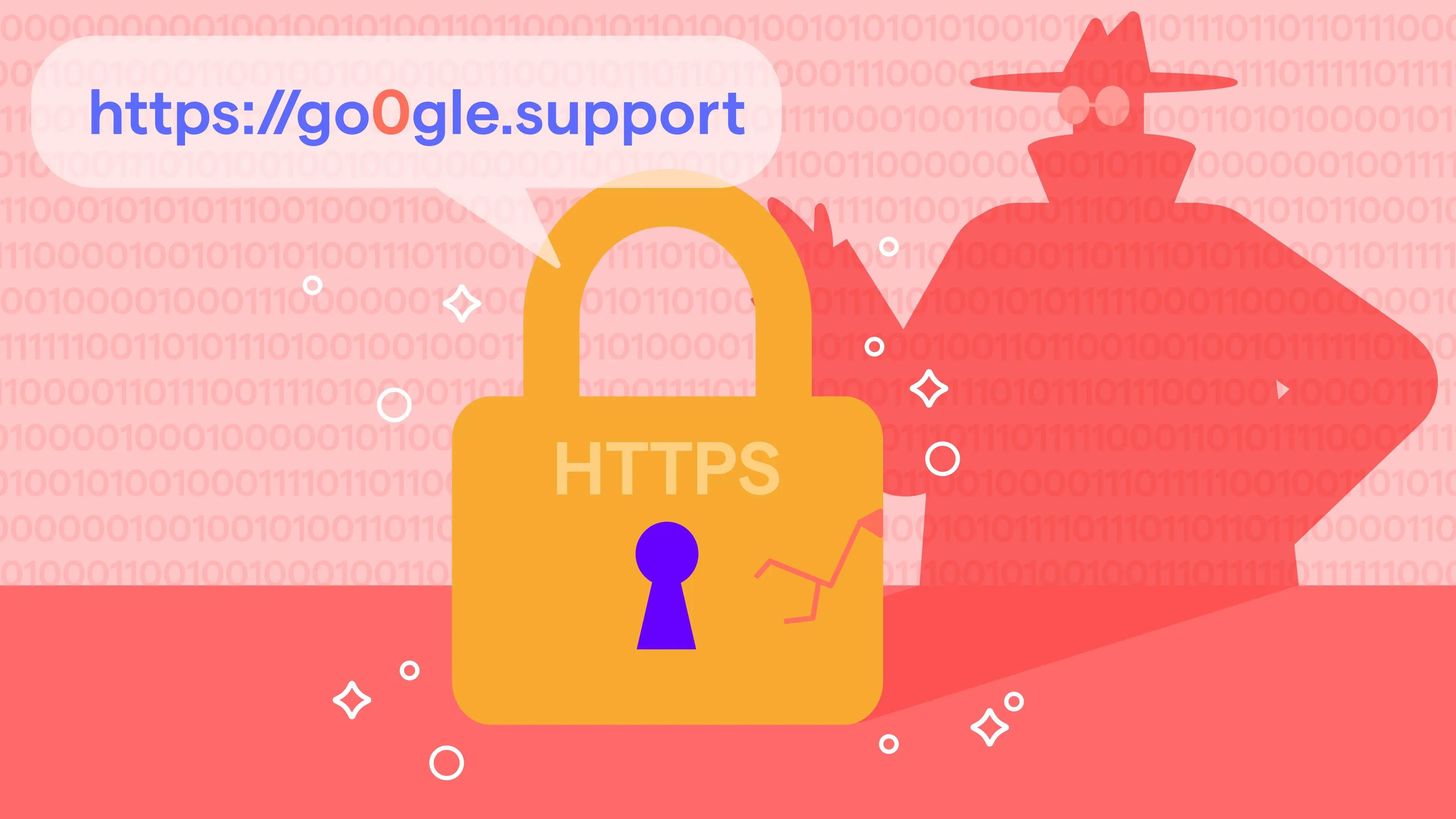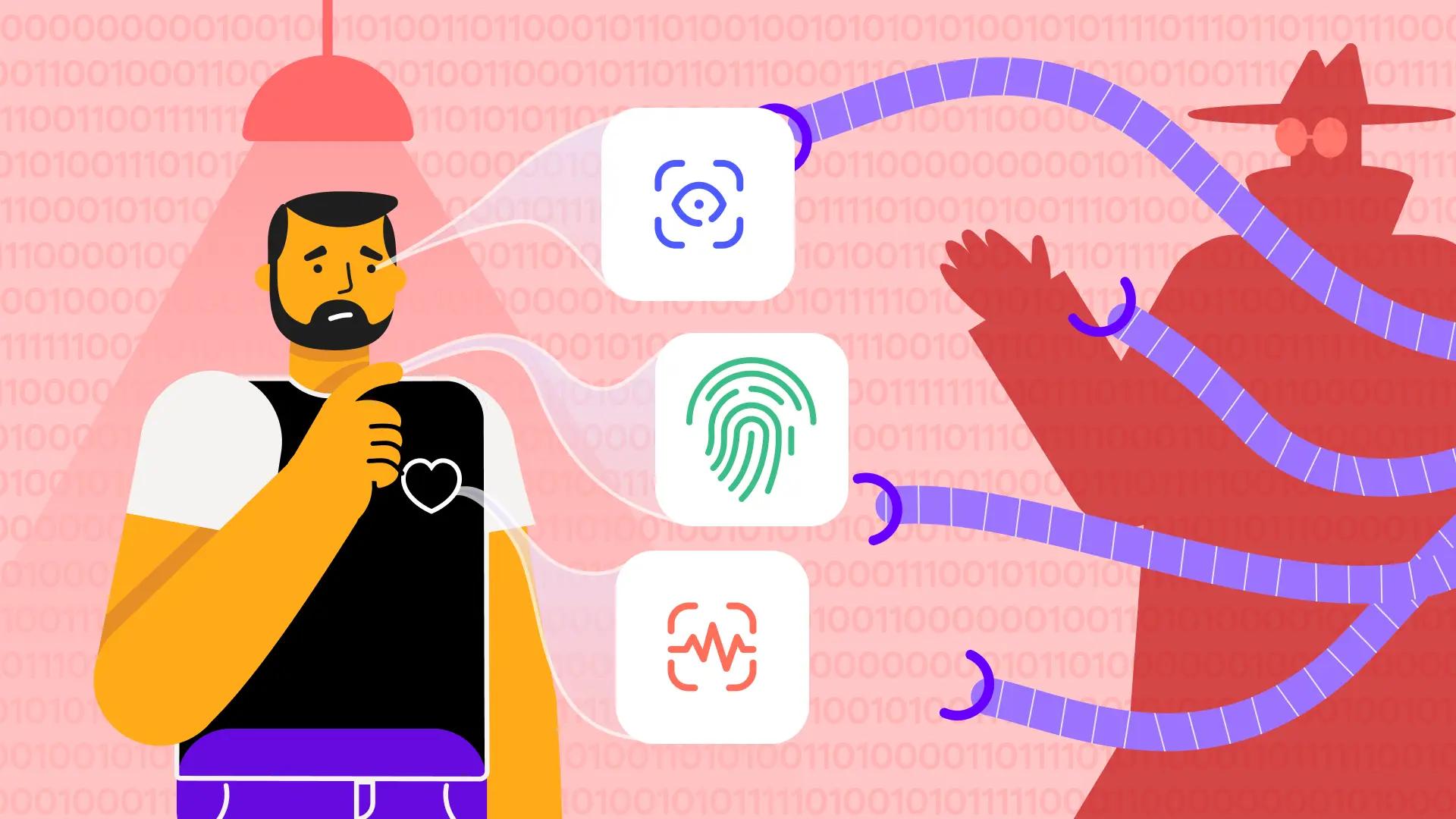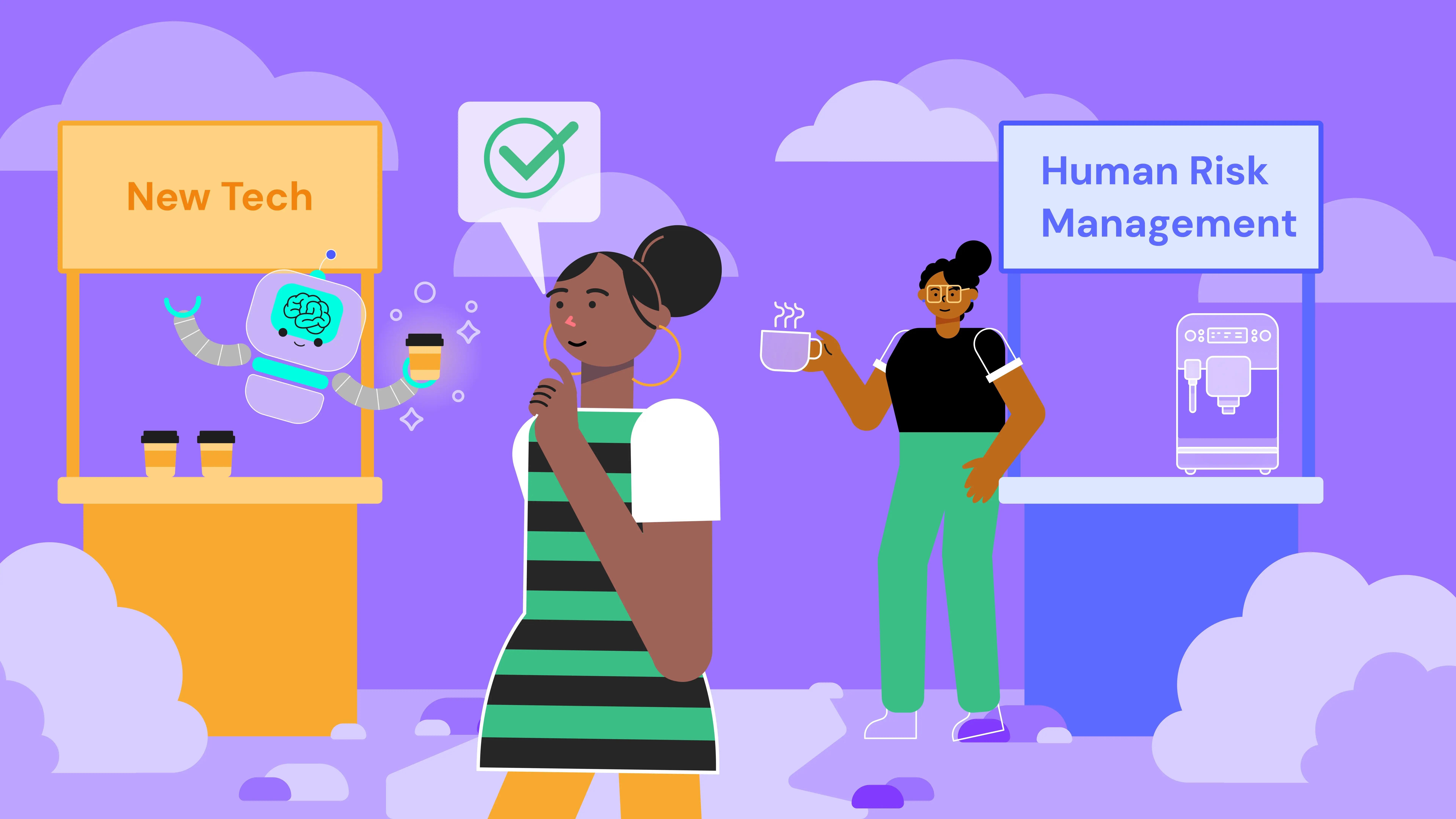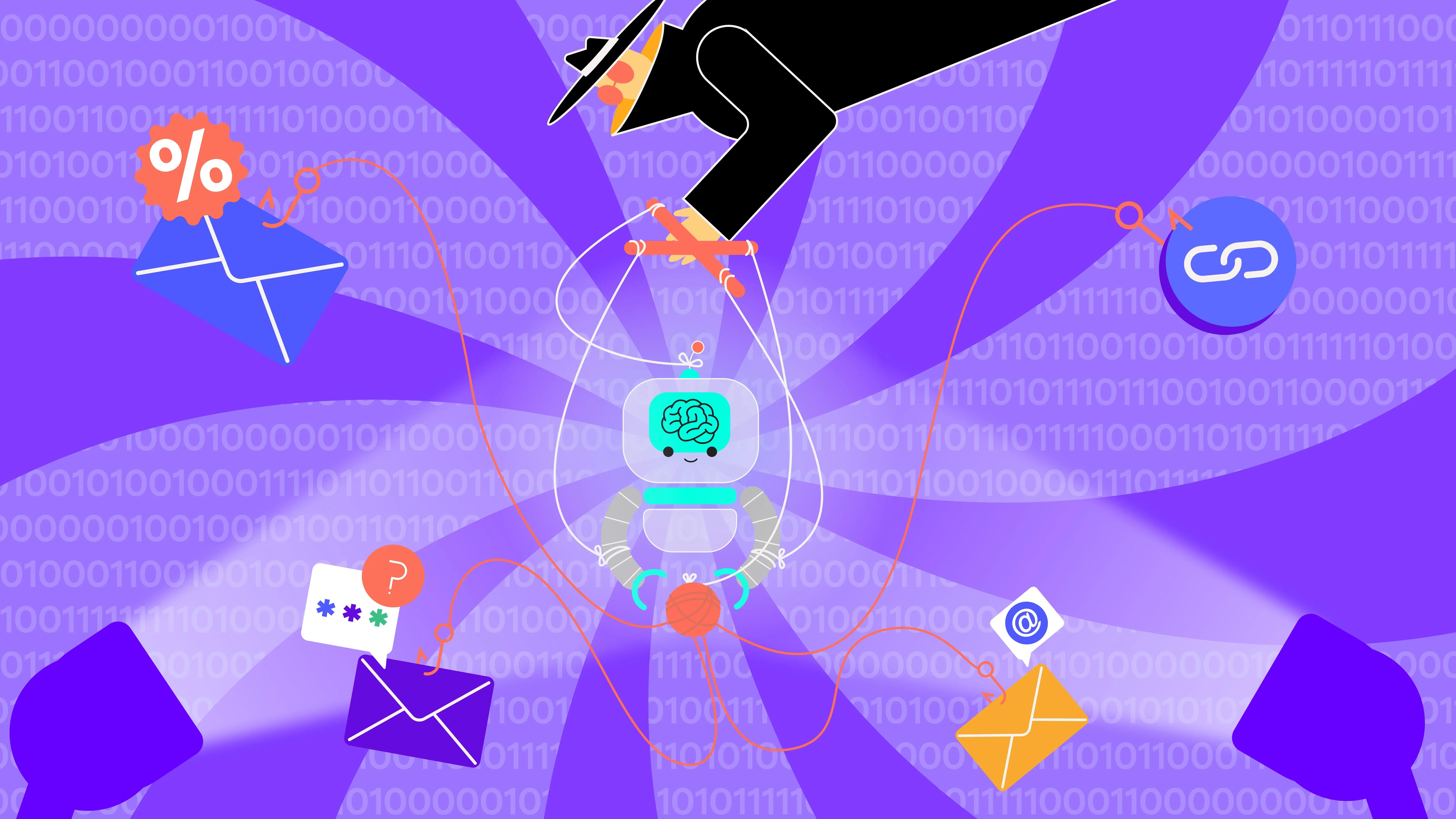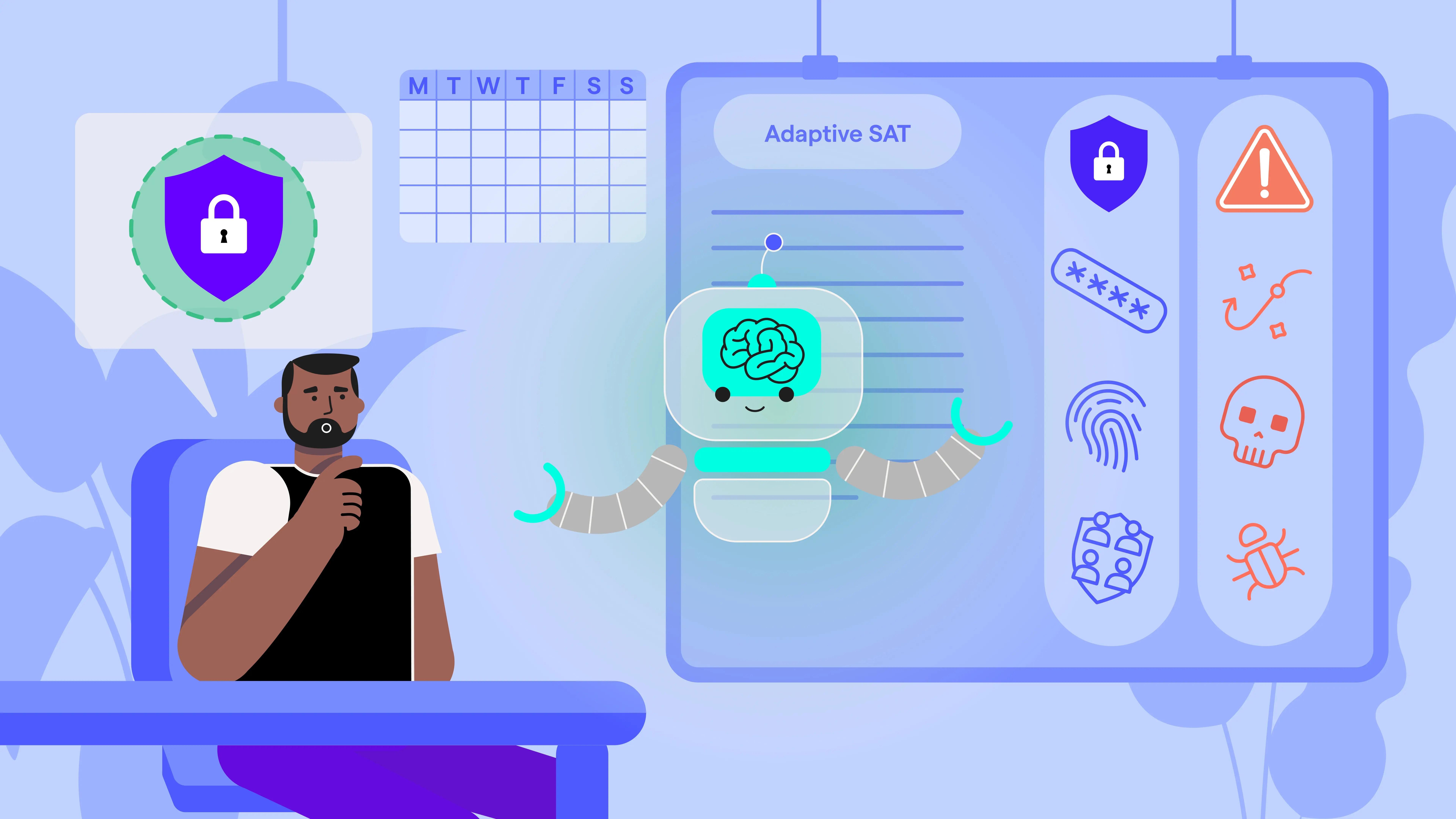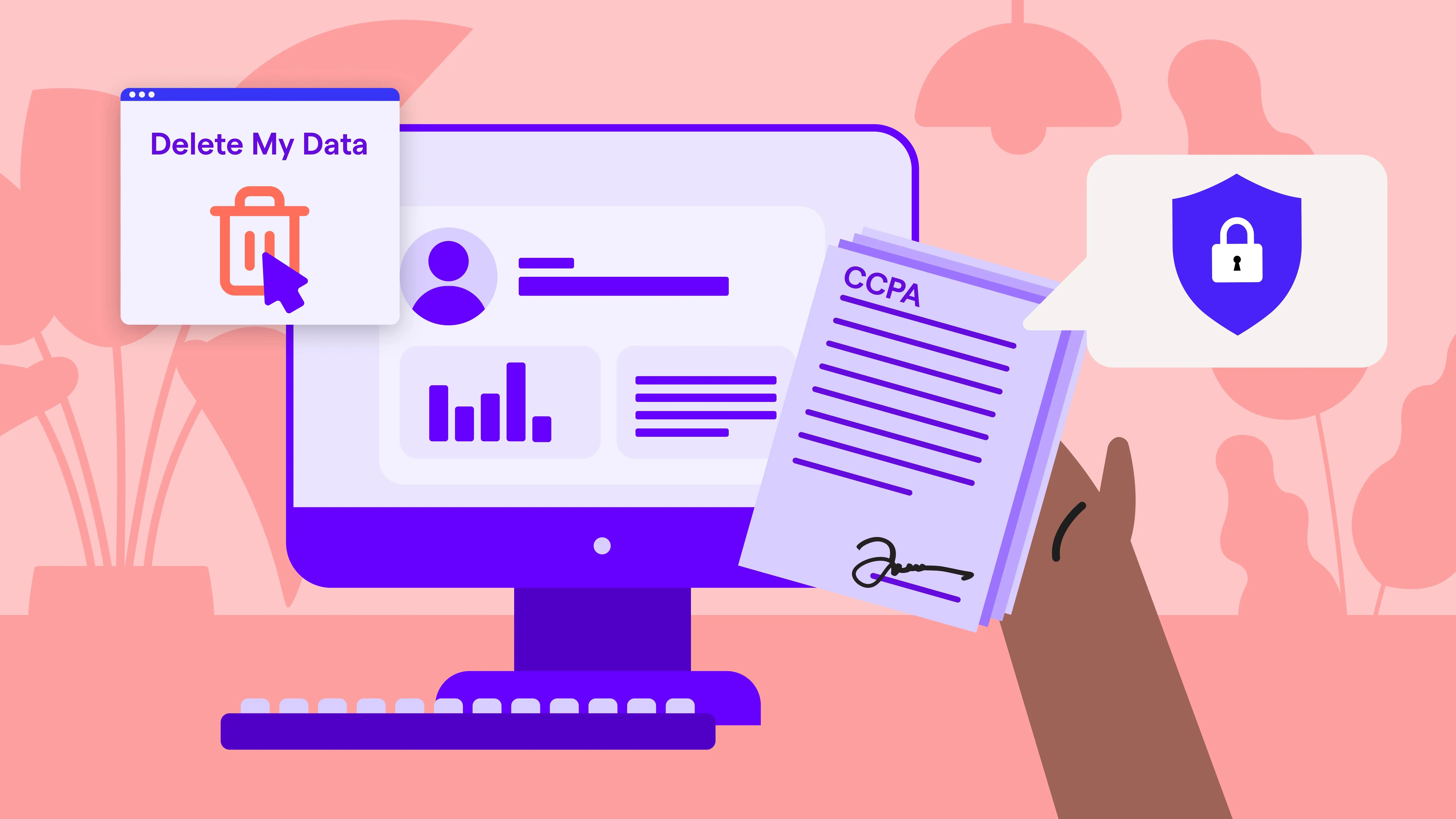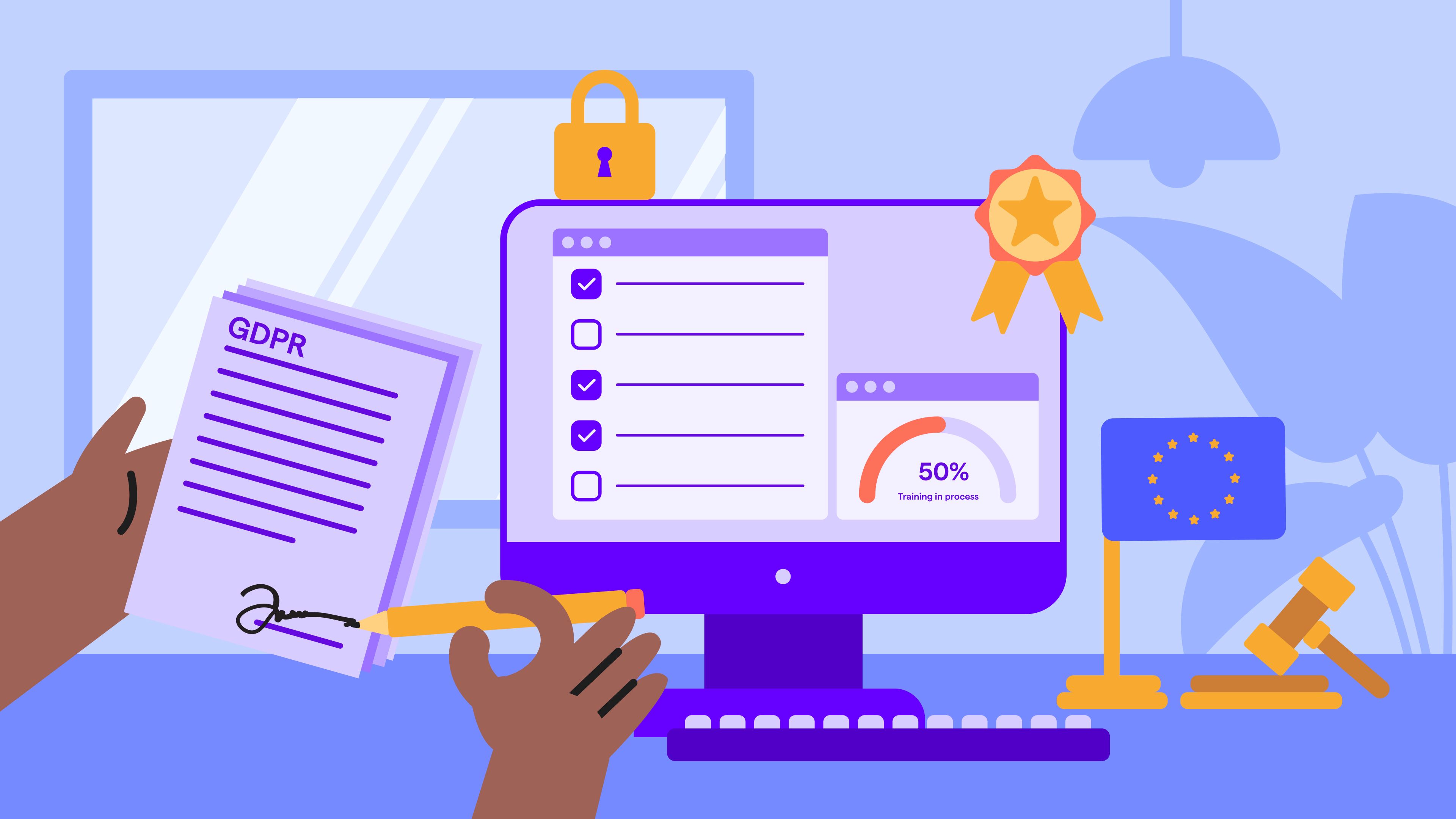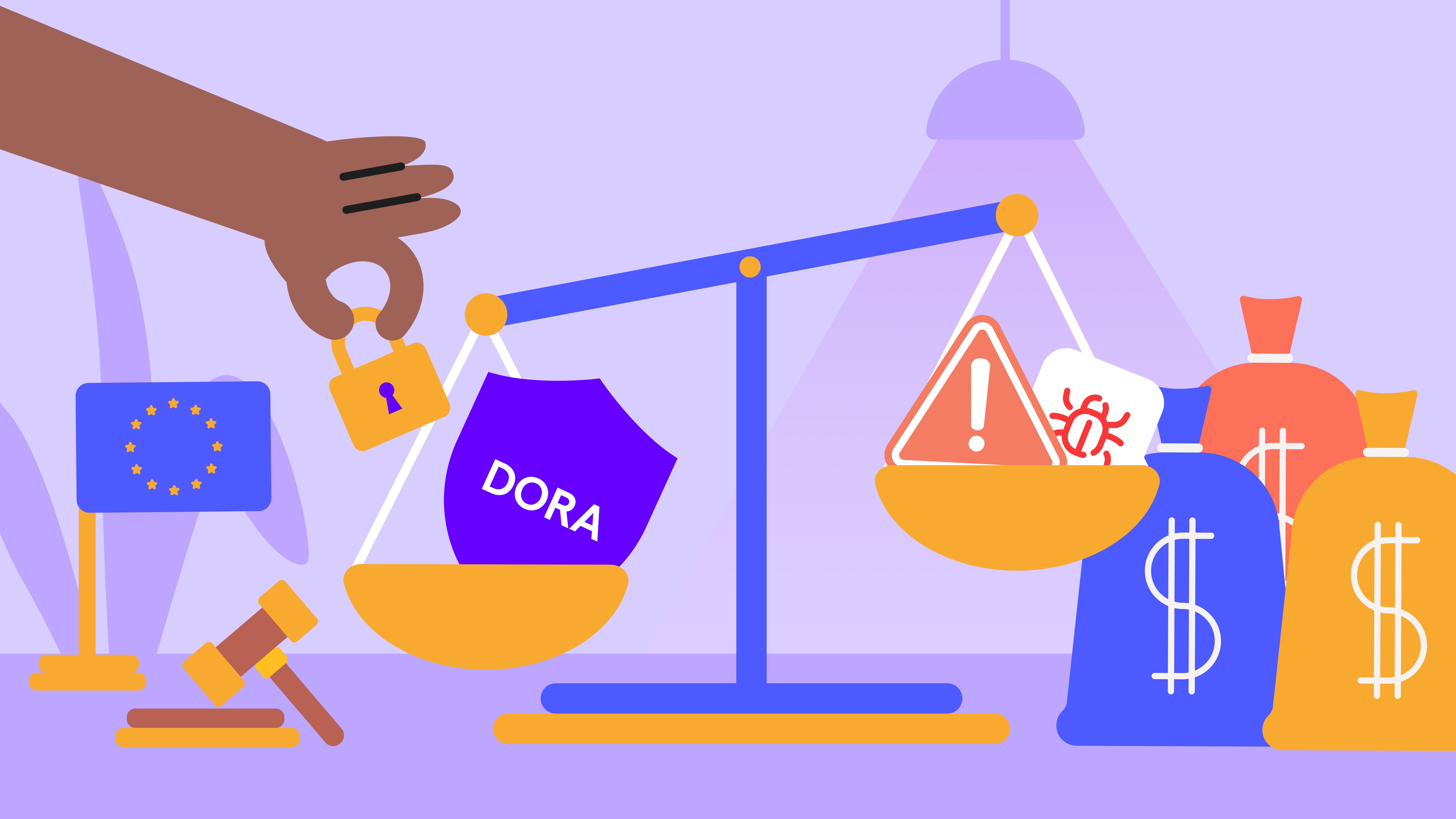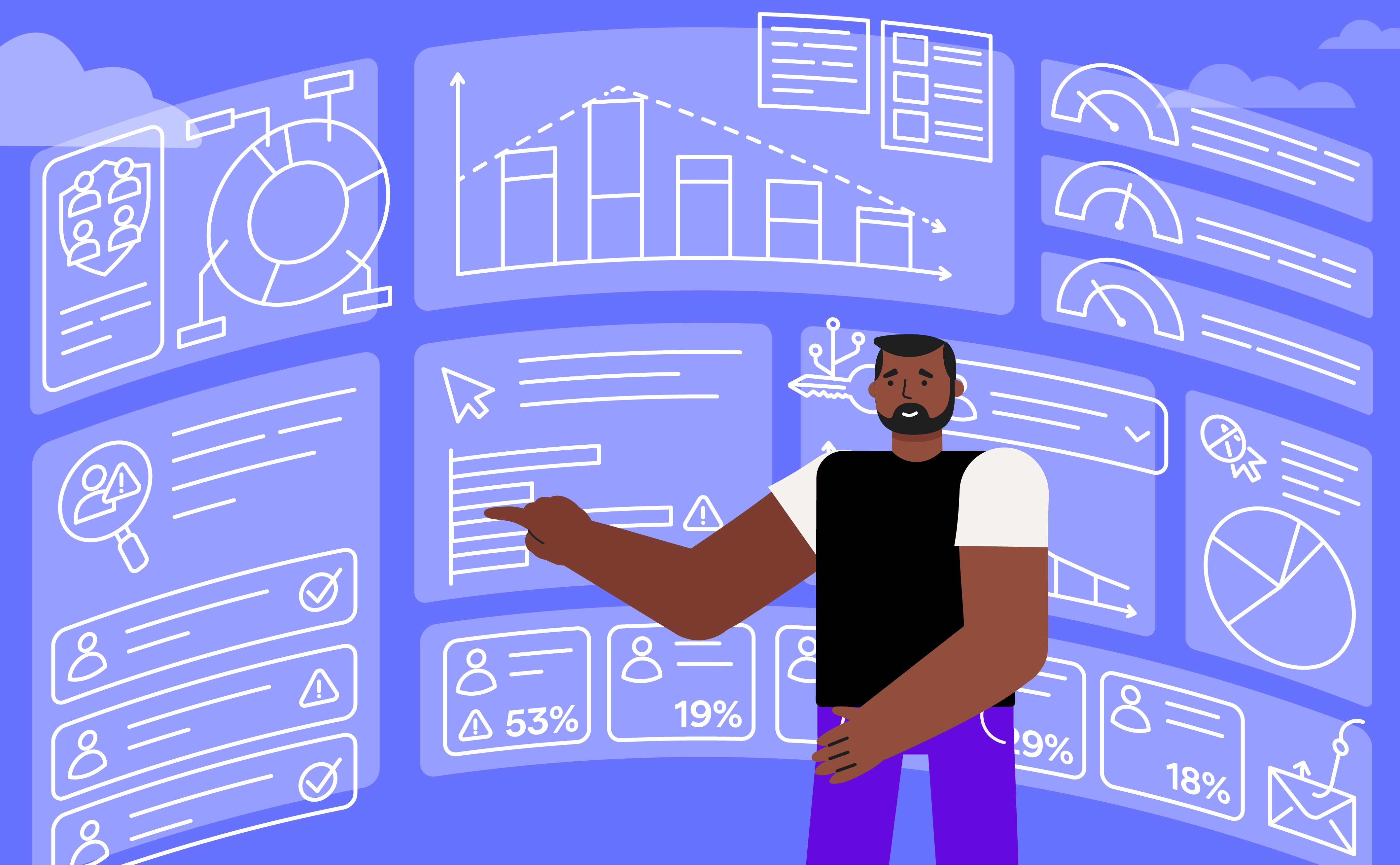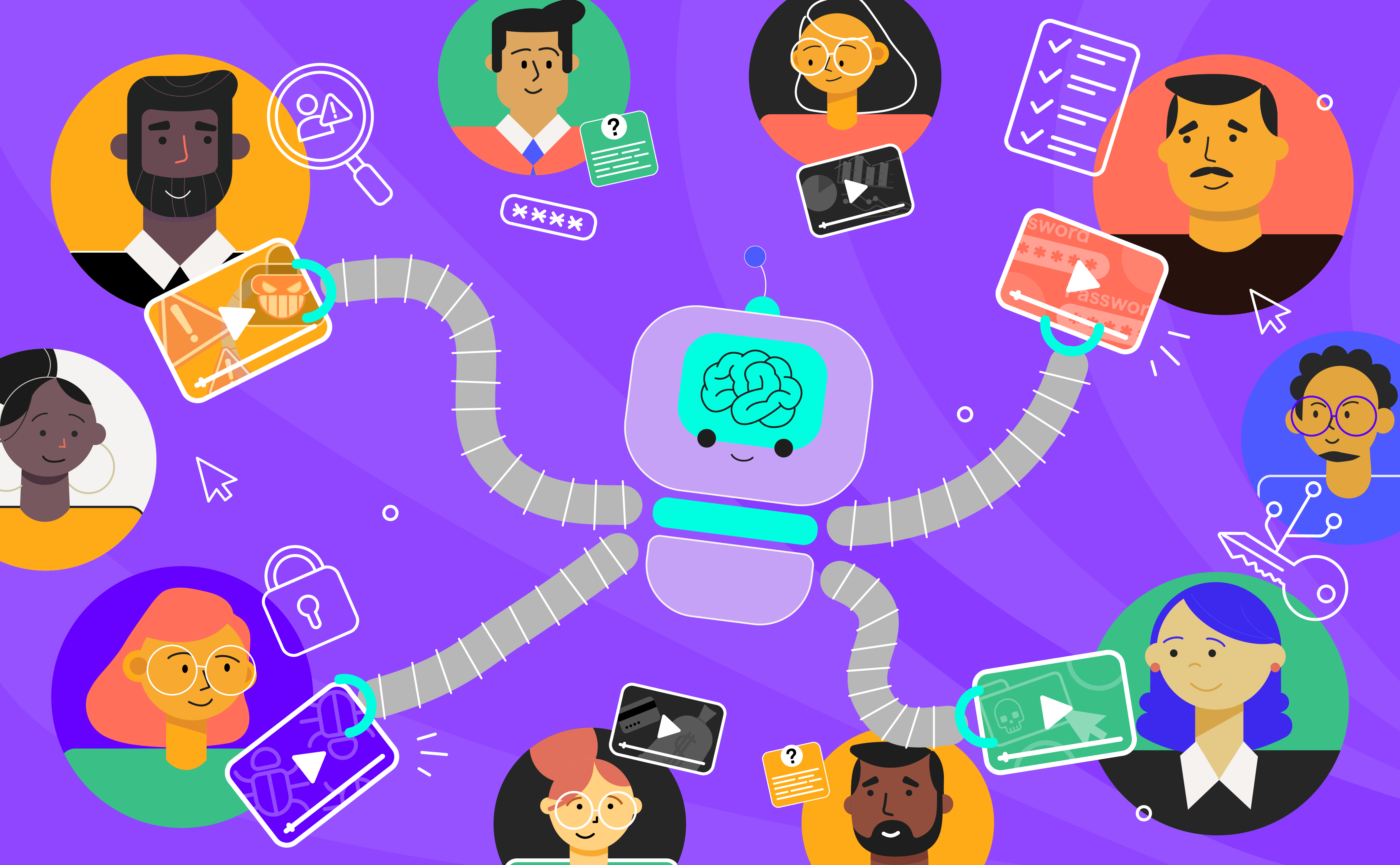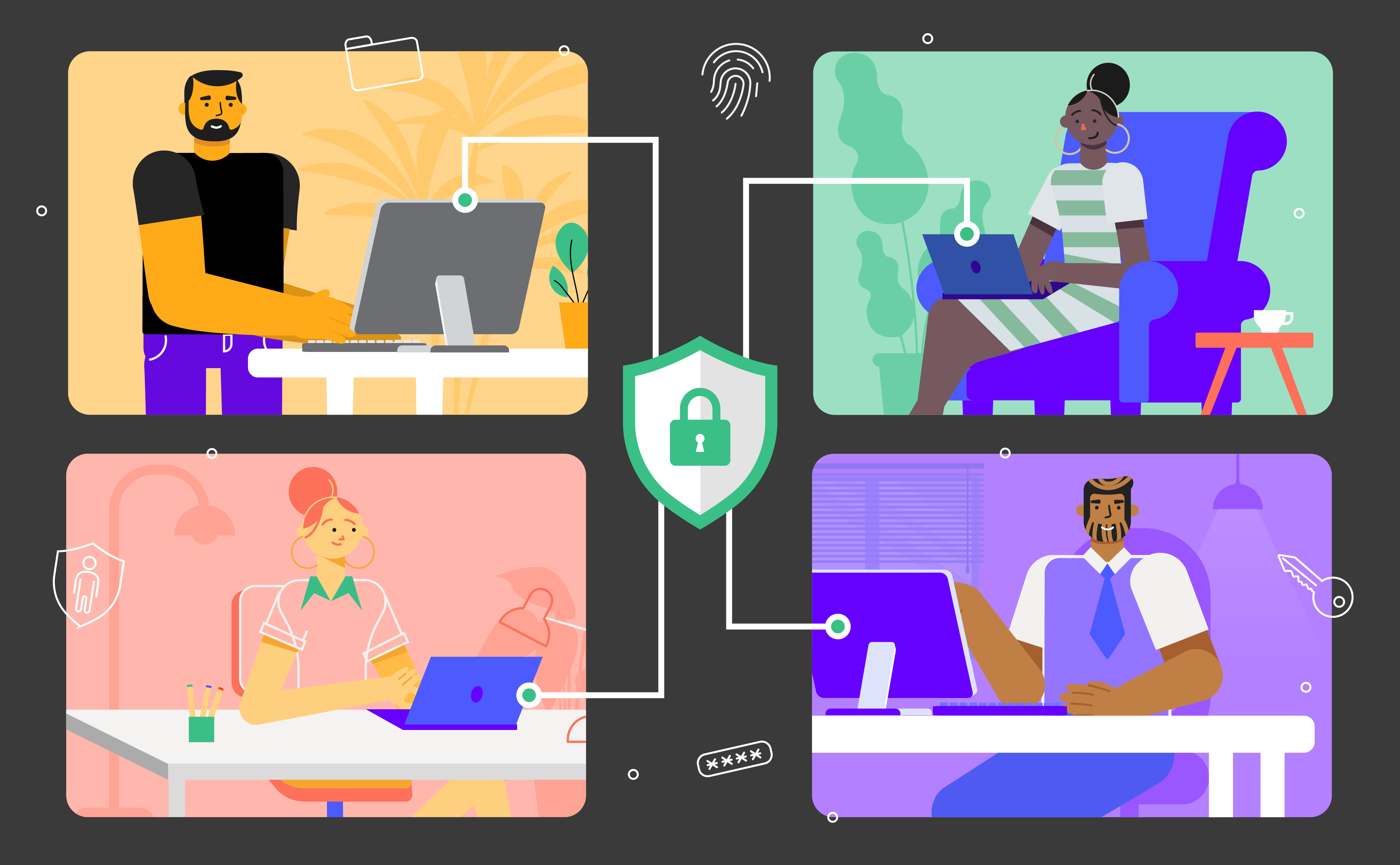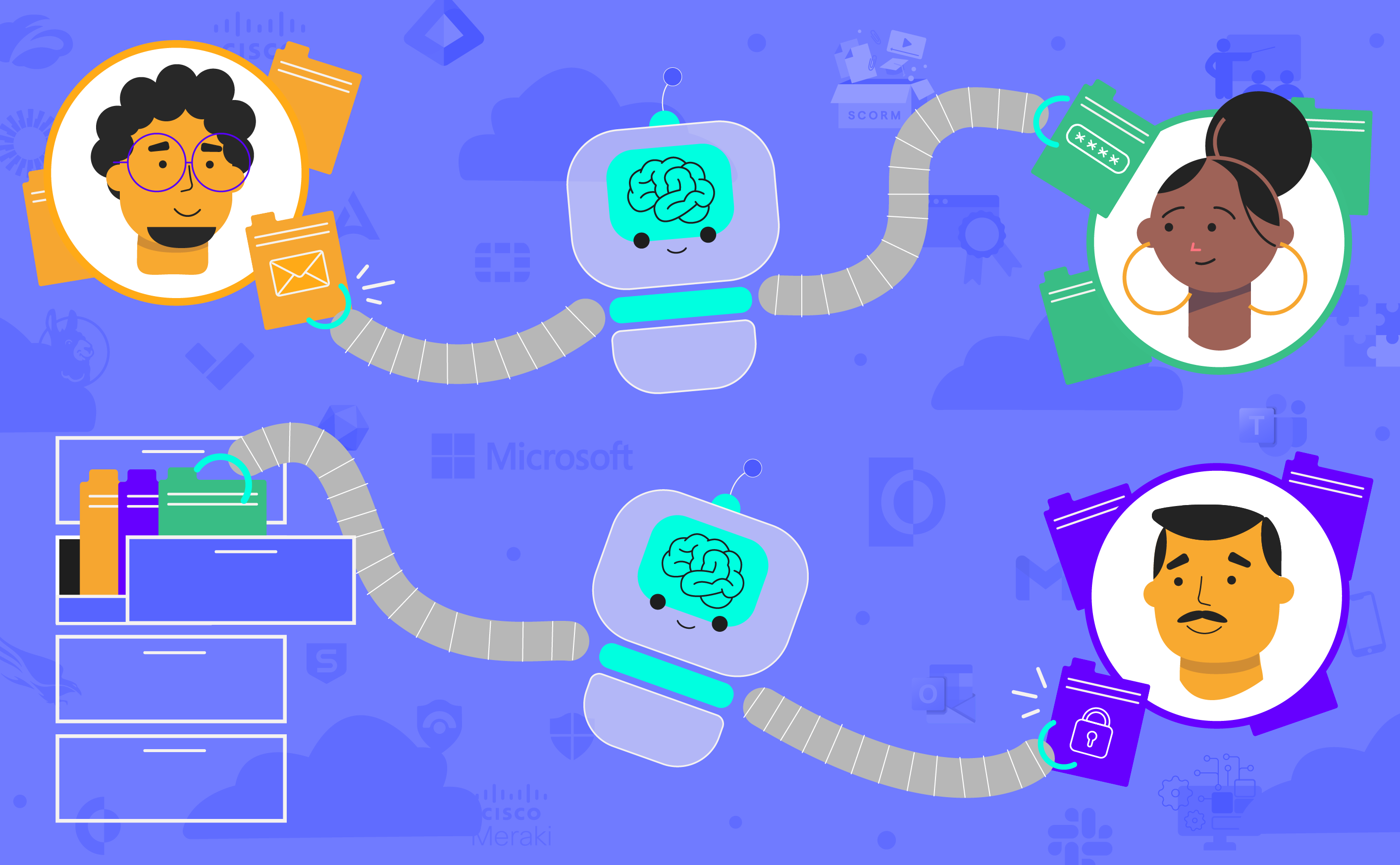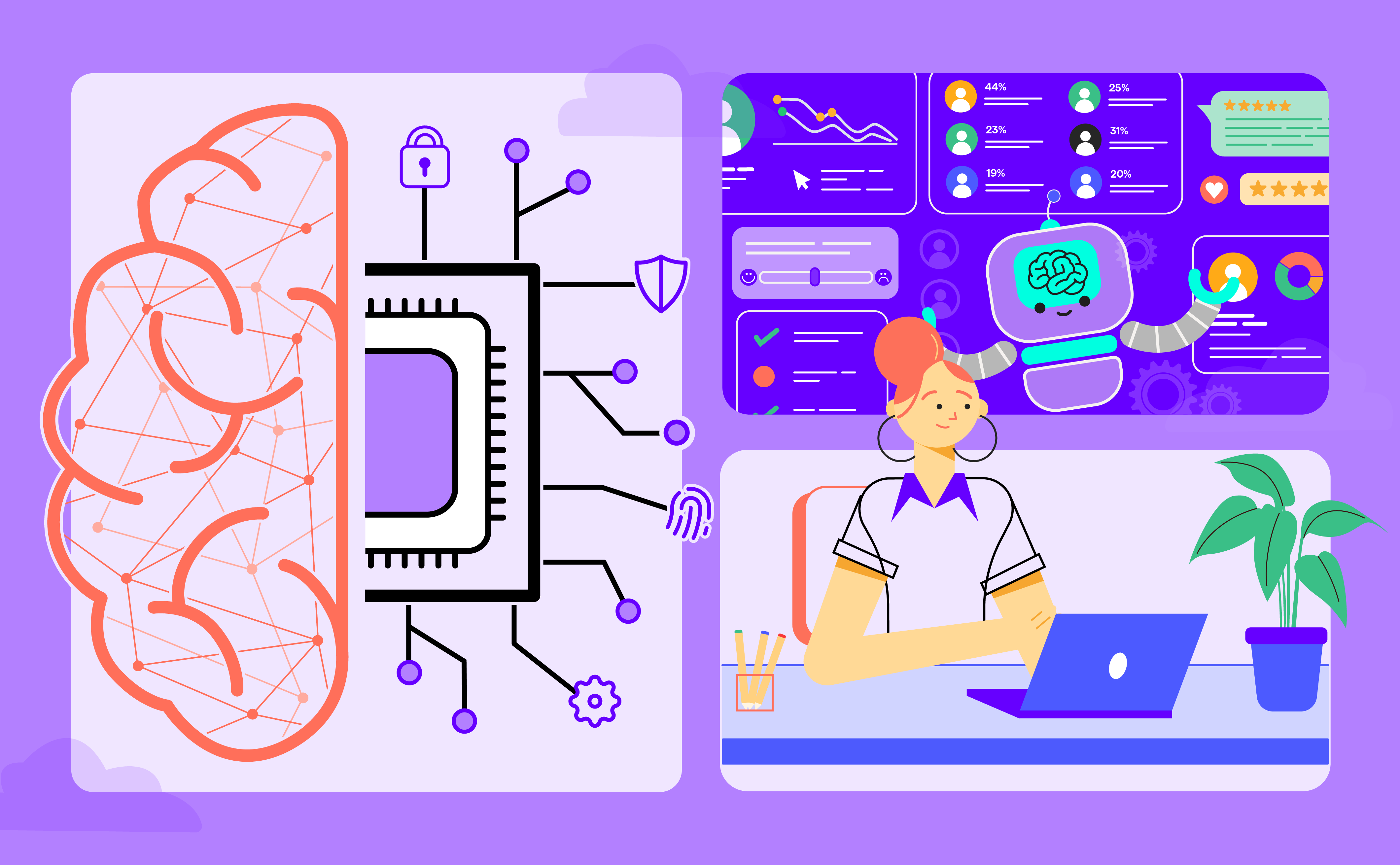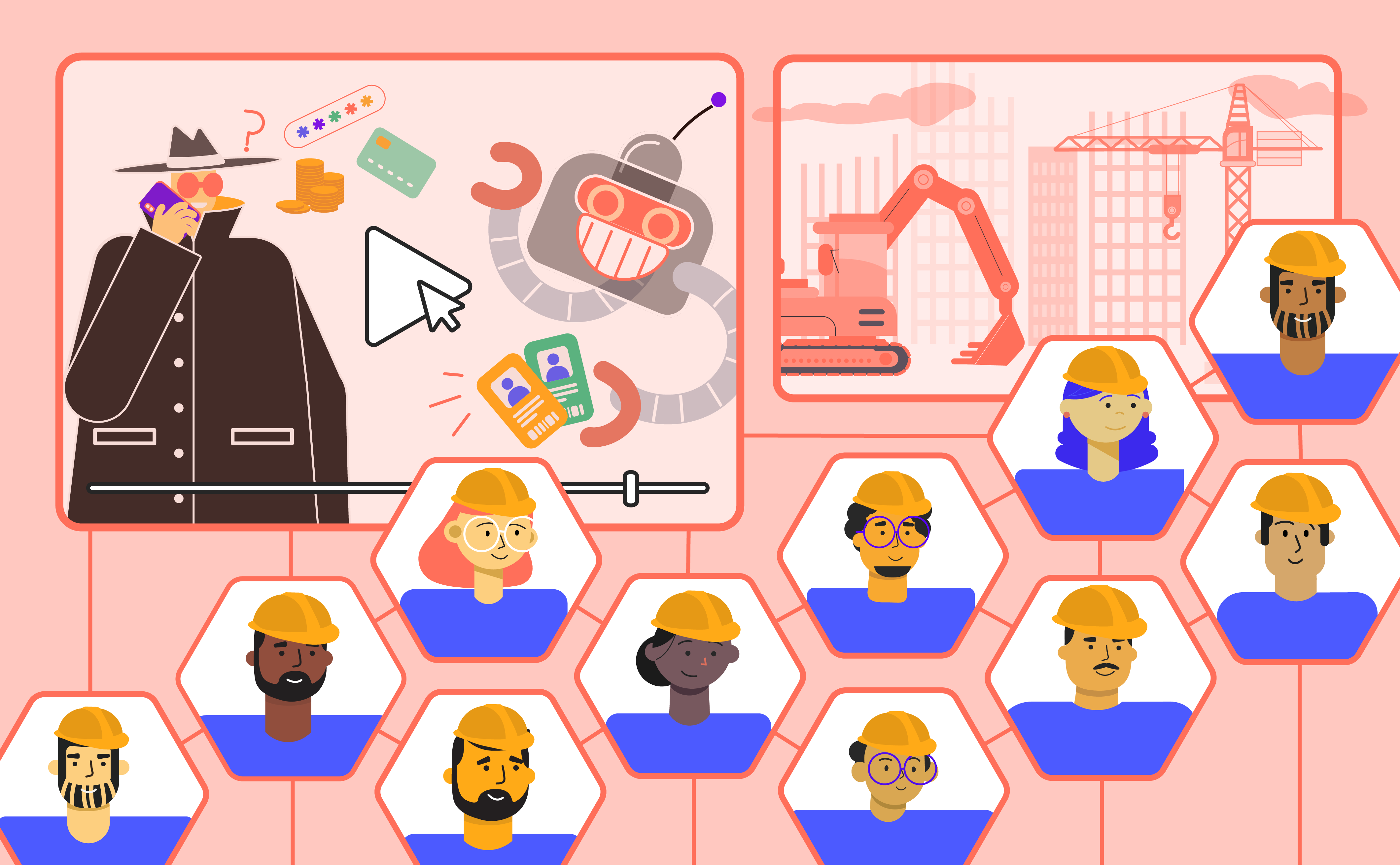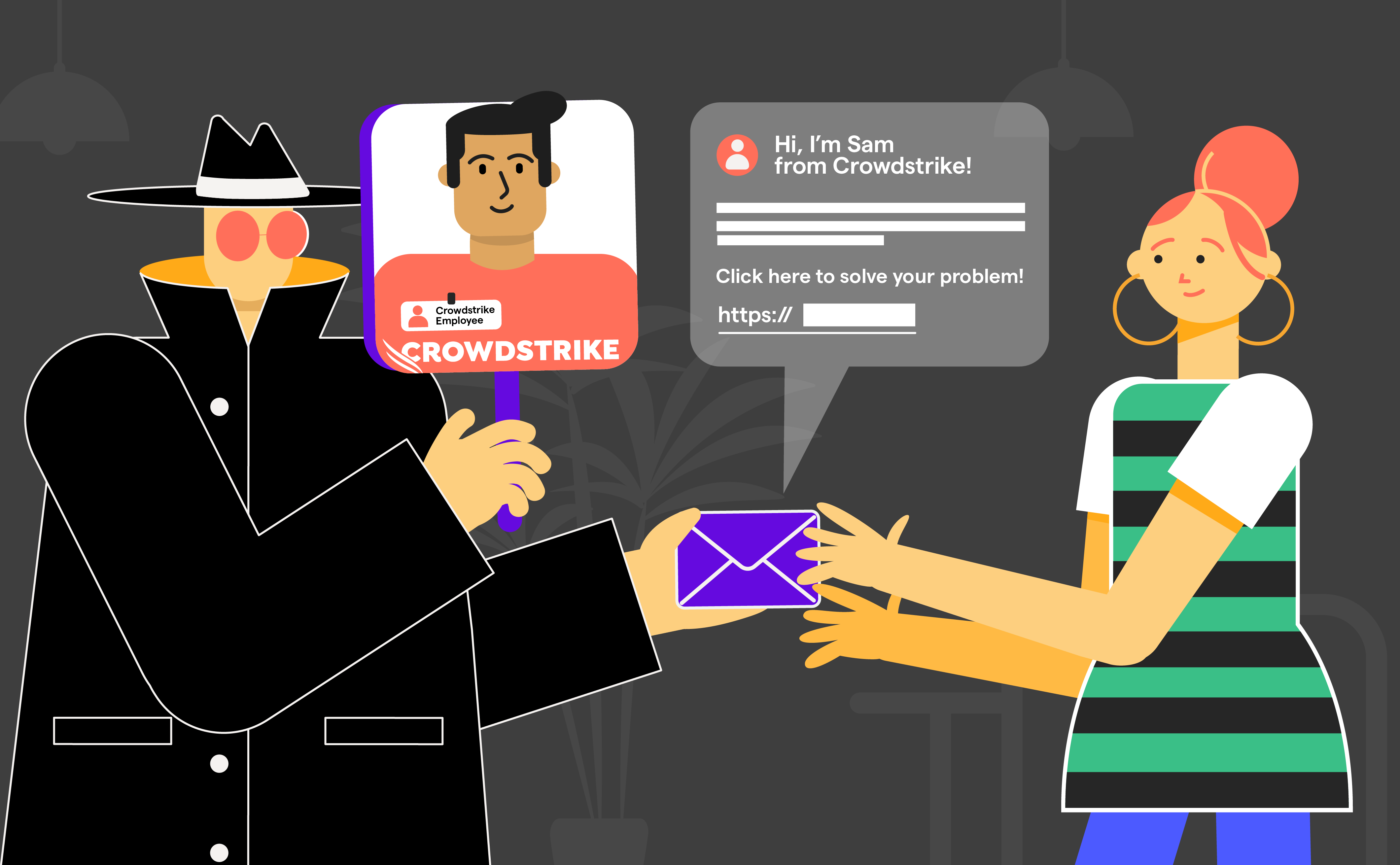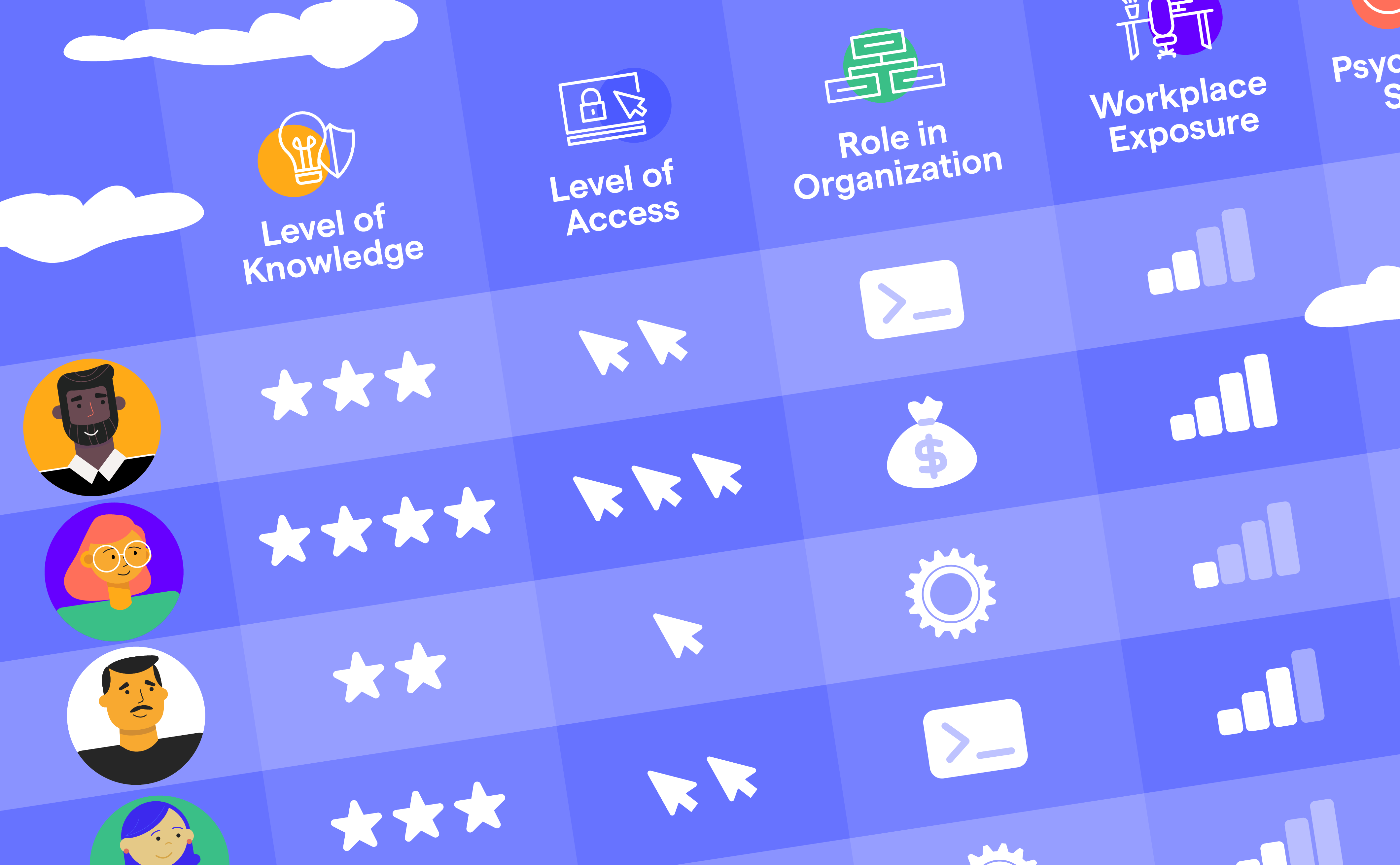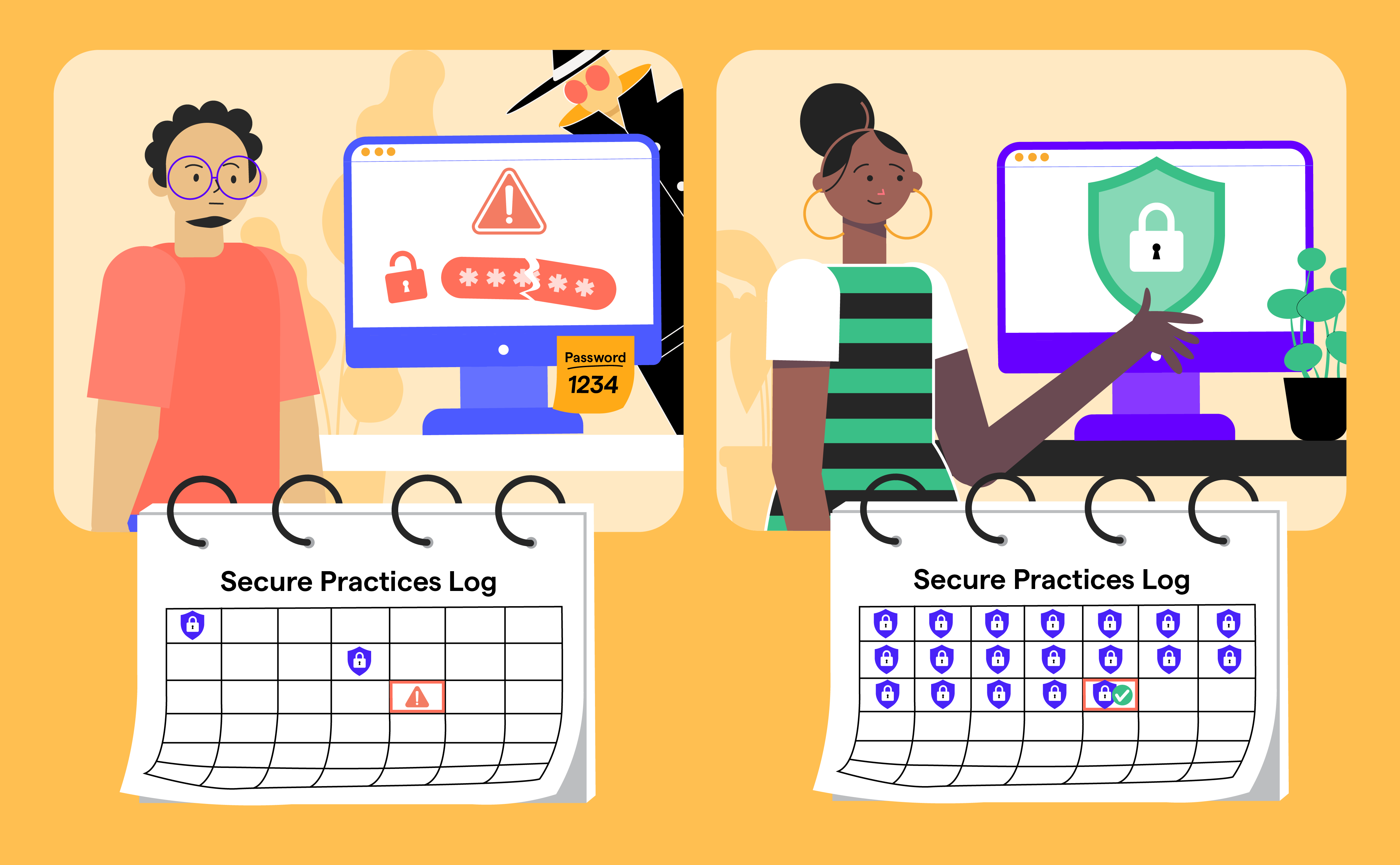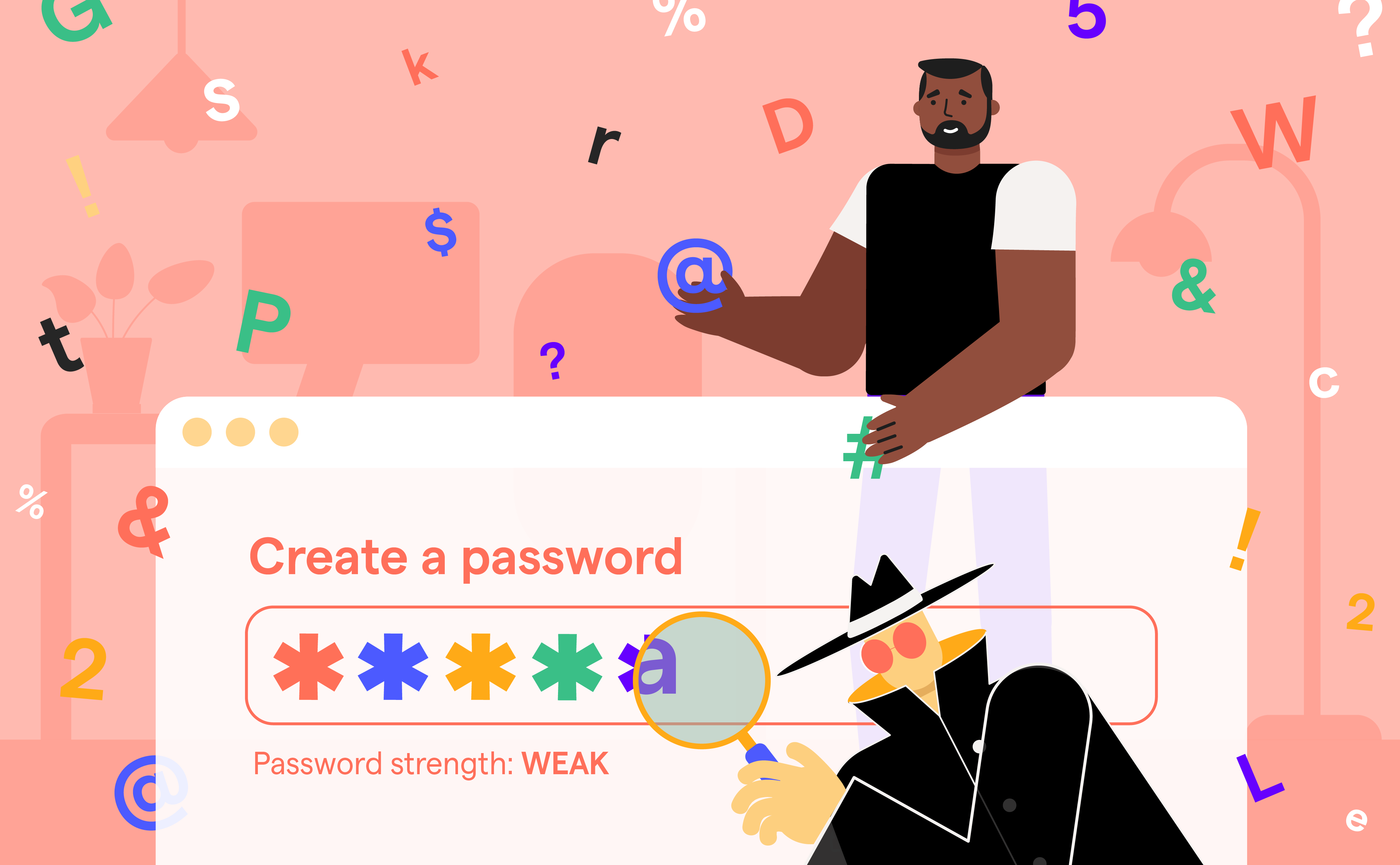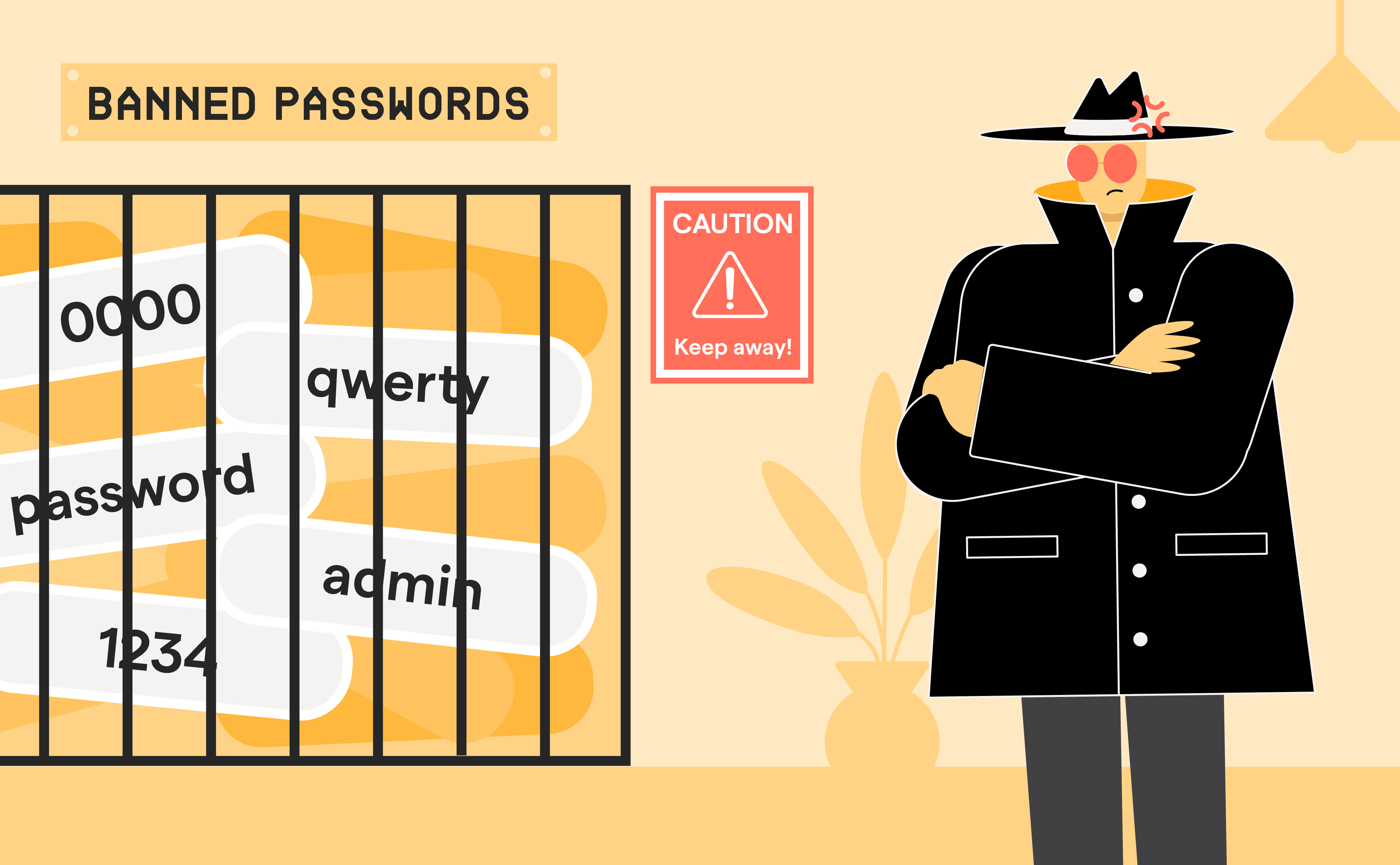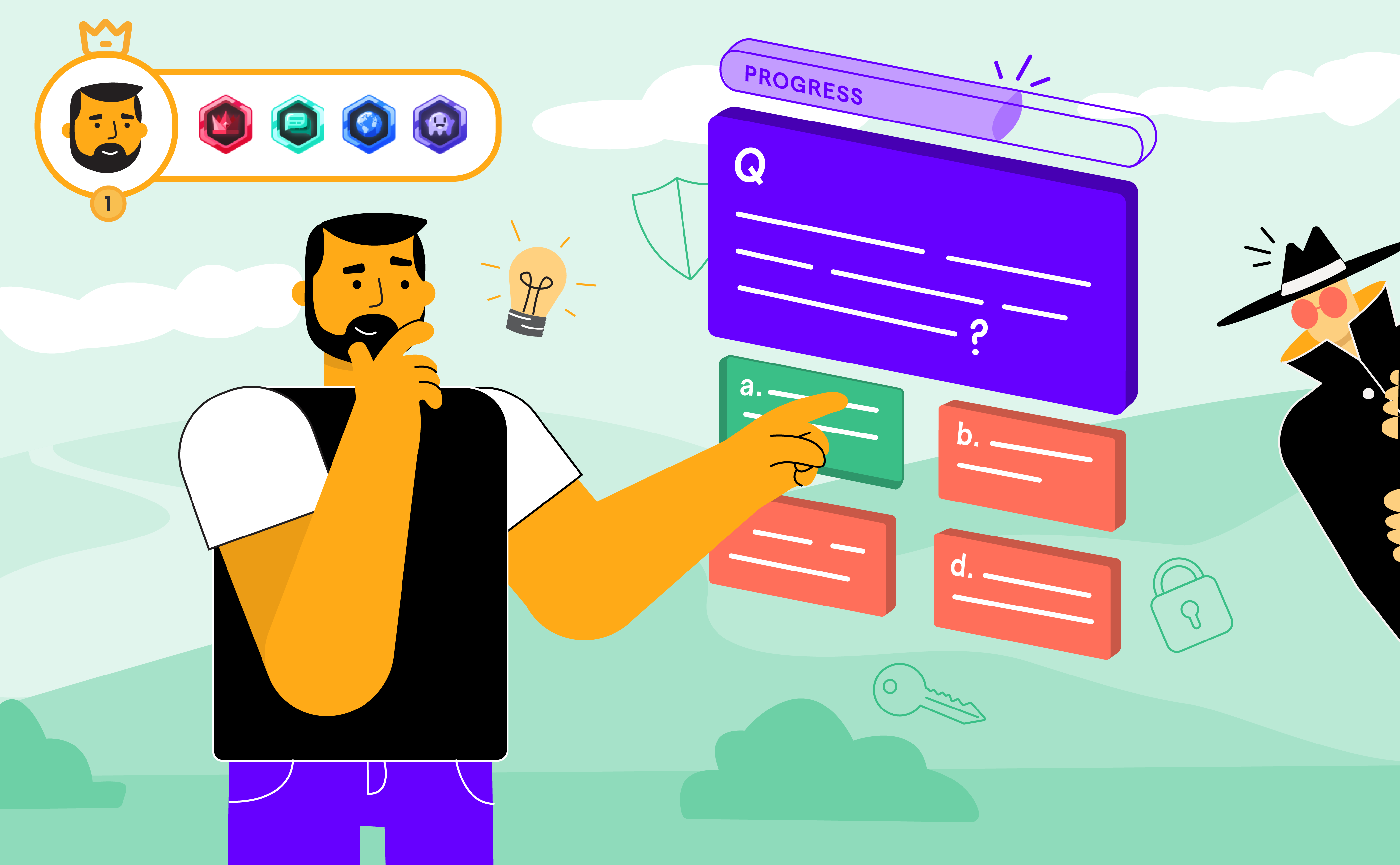
Why Cybersecurity Human Risk Management Benefits CISOs
Apr 29

Discover OutThink's Human Risk Management Platform
Cybersecurity threats target far more than just technical vulnerabilities. Even with the best security tools in place, human decisions and behaviors often play a critical role in breaches.
That’s where Cybersecurity Human Risk Management (CHRM) comes in. Instead of focusing solely on firewalls and software patches, Cybersecurity Human Risk Management looks at how people interact with technology and identifies ways to reduce security risks caused by human error, poor security habits, and company culture.
Unlike traditional security awareness training that treats everyone the same, modern CHRM uses data, behavioral psychology, and AI to create targeted strategies to change behaviors. This approach enables CISOs to be proactive in strengthening their organizations’ cybersecurity posture and minimizing cybersecurity risks.
Why Should CISOs Care About Cybersecurity Human Risk Management?
CISOs have a tough job. They’re expected to protect their organizations from cyber threats while juggling compliance requirements and ongoing operational tasks. The human element often gets overlooked, even though it remains one of the biggest contributors to security incidents.
Here’s why CHRM should be a priority:
- Reducing human related breaches: too many cybersecurity incidents are the result of mistakes - clicking on a phishing email, using weak passwords, or connecting to unsecure networks. Cybersecurity Human Risk Management helps tackle these issues head-on by providing the right training to the right person, at the right time.
- Meeting compliance requirements: Many regulations and security standards require organizations to address human risk. CHRM makes it much easier for CISOs to ensure their organizations stay compliant while strengthening security.
- Cultivating a resilient cybersecurity culture: A strong security culture does not happen overnight and requires organization-wide commitment. CHRM helps embed cybersecurity into daily business operations, so that employees naturally adopt safer behaviors.
- Using data to drive decisions: CHRM platforms provide CISOs with real-time insights into the pockets of human risk affecting their organizations and the individuals comprising them, allowing CISOs to focus on efforts that matter and drive real impact.
The Evolving Role of the CISO
The role of the CISO has grown into something much broader than mere technical oversight. Today, CISOs work across the business by supporting areas like HR, finance, development, operations, and procurement. Almost everything an organization does involves information, how it’s stored, shared, protected, and used. That means information security is critical across all aspects of the organization.
But the CISO can’t have full insight into every single process, tool, or team. It’s not their job to know exactly how every system works or to be involved in every technical decision. Instead, their focus needs to be on the bigger picture.
A CISO needs to understand:
- What assets are most sensitive and valuable in each part of the business?
- Are there clear processes in place to protect them?
- Is security integrated into daily work and not just added on?
- Where do organizational and individual risks exist, and are we taking action to manage them?
It’s about seeing how everything fits together, making sure the organization has control, visibility, and direction. A good cybersecurity management system supports that. It helps teams identify risks, respond effectively, and continuously improve.
Cybersecurity Human Risk Management plays an essential role here.
Security is often about how people act, make decisions, and respond to pressure. Whether it’s an employee clicking a bad link or someone cutting corners to save time, most incidents have a human side.
CHRM gives CISOs a way to address this. It helps them see which behaviors create risk and where, understand why, and take action. By focusing on CHRM as part of their overall cybersecurity strategy, CISOs can strengthen their cybersecurity culture and reduce incidents.
How Cybersecurity Human Risk Management Creates Value
When employees understand cybersecurity risks and feel a sense of ownership for security - the entire organization becomes stronger. It’s about reducing mistakes, improving teamwork, and making security a natural part of daily work.
Cybersecurity Human Risk Management achieves those goals by enabling the following:
- Stronger security: Identifying risky behaviors and addressing them through relevant and personalized training reduces the chances of security incidents.
- Higher engagement: People learn better when training is personalized, relevant to them and their day-to-day activities, and engaging.
- Gaining trust from leadership: When CISOs can show that CHRM is reducing cybersecurity risks and the data enabling that risk reduction, executives and board members gain confidence that their organizations’ cybersecurity investments are making a real impact.
Strengthening Your Organization’s Security Culture With CHRM
Every part of the business handles information. That means every function and employee play a role in information security - it’s not just a technical concern.
As the CISO role continues to evolve, the focus is shifting from deep technical involvement to strategic oversight. Understanding where the business holds value, where risks occur and why, and how to make sure security is part of daily work aren’t an afterthought, quite the opposite.
Cybersecurity Human Risk Management supports this shift by giving CISOs the tools to address the human side of security in a focused, substantive, and effective way. It helps identify where behaviors create risk, ensures action is taken to reduce that risk, and builds an organizational culture in which cybersecurity becomes part of how people think and work.
When CHRM is integrated into the overall security strategy, it helps CISOs reduce risk, support compliance efforts, and build trust throughout the organization. It also empowers people to take an active role in cybersecurity. In the end, people shape the security culture of any business and empowering them is one of the smartest moves a CISO can make.
Learn more about Cybersecurity Human Risk Management’s data-backed approach here.

